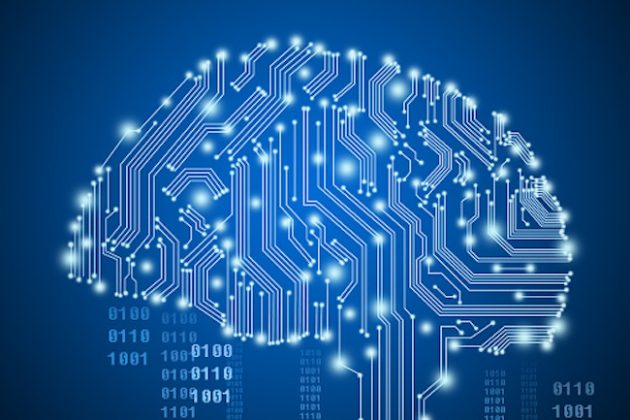
3 ways to apply AI and machine learning in engineering and manufacturing
by Emily Newton, Editor-in-Chief, Revolutionized
Applying AI in engineering and manufacturing may be able to streamline product development.

PHOTO: Getty Images
Artificial intelligence (AI) has dramatically changed many industries, including manufacturing and engineering. People have explored the use of AI in engineering, whether to save time, learn new things or accomplish challenging tasks. Applying it in manufacturing can speed up production. There’s also significant work happening regarding machine learning in engineering. Machine learning is a subset of AI that allows algorithms to adapt and improve without ongoing human input.
1. Use machine learning in engineering to see hidden things
Whether they’re building a bridge in the civil sector or envisioning the prototype of a new machine, it would help if engineers could see the hidden aspects of whatever they’re working on at the time.
Graduate student Keeley Edwards is working with the electrical and computer engineering departments at the University of Manitoba on what could be a groundbreaking advancement. She hopes to use machine learning in engineering to reveal what’s inside inaccessible regions. Success would give engineers better visibility when opening something that is too time-consuming or impractical. This approach might also help manufacturers with production line inspections.
Edwards explained there are many issues when creating a proof of concept and transitioning to practical experimental imaging. She hopes machine learning will address some known limitations, opening this approach’s commercial potential.
2. Apply AI in engineering and manufacturing to streamline product development
The possibilities for relying on AI in engineering have dramatically changed how people engage in prototyping and other early development activities. For example, they can build digital twins to see how well a design works before creating it in a physical form.
An AI algorithm could also perform sentiment analysis regarding people who have already tried an earlier version of a product. Then, manufacturers could see what consumers liked best or where they noticed room for improvement, incorporating that feedback into future production runs.
Another useful way to depend on AI in engineering is to use algorithms to select the best materials. People can avoid negative ramifications and have the strongest chances of optimal outcomes. In one example of machine learning in engineering, an algorithm provided 20 times better accuracy with yield strength predictions.
Elsewhere, the development of an AI-powered tool allows people to predict how colour additives change polymers’ mechanical and hue-based properties. Users can also input desired properties for a polymer, then learn which shades to use to achieve them. That application could also accelerate custom manufacturing possibilities that involve customers wanting products in specific colours not ordinarily offered.
3. Deploy artificial intelligence for inspections
An expert panel report from the Council of Canadian Academies concluded that AI could improve innovation and increase scientific understanding. If that happens, there will be drastic changes in how Canada funds and conducts science and engineering efforts — the effects of which would alter manufacturing, too. However, the participants also saw how those changes could have adverse effects, such as increased bias.
As authorities highlight the potential for future problems, they understand the need for practical ways to apply AI in engineering. Canada’s Department of National Defense recently awarded an AI company a contract for its corrosion-detection technology.
The Royal Canadian Navy will use drones and AI technology to inspect ships much faster than conventional methods. It automates detecting and measuring problems, helping professionals understand what to focus on when maintaining equipment. This type of AI in engineering could apply more broadly, improving manufacturing by finding product defects humans can’t.
AI supports engineering
AI and machine learning in engineering new products can provide abundant opportunities. Now is the time to consider how you could apply these technologies within and beyond engineering.